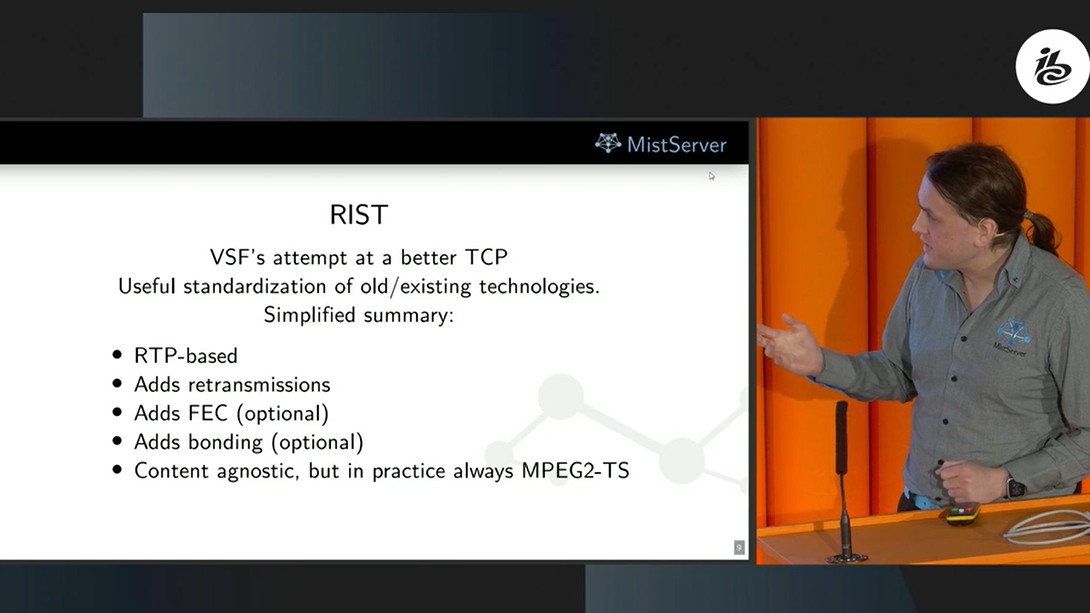Ophélie Boucaud, Principal Analyst - Media & Telecom at Dataxis, provides a European perspective on overcoming the current challenges associated with fragmented viewer and advertising metrics.
Following weeks of conferences focusing on the challenges and opportunities of the video industry in Europe, my head has been buzzing with keywords like measurement, ad currencies, data clean rooms, first-party data, or consent framework. All those terms were wrapped up around discussions that attributed the scapegoat role to “fragmentation” and “walled gardens” when it came to addressing the video advertising industry’s shortcomings. But is that really where the problem is?
In the previous eras of advertising (when TV first started putting several channels on the same tube), measurement tools were built from the ground up in each domestic market. They were developed as a consensus around a single source of truth in each country. For a vividly competitive industry, it obviously took years to reach that point, and a lot of stakeholders are still questioning or even arguing about TV ratings methodology. Panels aren’t perfect, and it is an inherent problem to their very nature: they aim at using a sample to draw out a landscape that should represent the masses. But they won’t ever grasp the whole picture. Broadcasters still complain about the remanence of many 0-rated channels, which can’t be properly monetised without accurate measurement...
You are not signed in
Only registered users can read the rest of this article.

What drives global viewership? Key insights from 2024
Laura Ghisiglieri, Global Development & Marketing Director at BB Media, presents the key findings from the company’s ‘Streaming 2024: New Platforms and Global Trends’ report.

Life on the edge: protecting the value of algorithms
Neal Michie, Director of Product Management at PACE Anti-Piracy, discusses how intellectual property in the form of algorithms deployed on the edge can be reverse engineered and stolen, and how a white-box solution can prevent this process from taking place.

How can broadcast engineers keep pace with seismic shifts in the media tech landscape?
IT-based broadcasting is continually evolving and engineers face new challenges in key growth areas such as IP-based production and cybersecurity. John Maxwell Hobbs breaks down the resources at hand to help broadcast engineers stay on top of their game.

Overcoming 5G capacity and latency issues for live production
What are the main considerations for using 5G for live production? David Thompson, DPP’s Technologist Strategist, provides an oversight of key pointers and potential pitfalls when adopting 5G.
How to create clearer reporting metrics for ad-supported streaming services
Ophélie Boucaud, Principal Analyst at Dataxis, sheds some light on the quest for more relevant and comparable performance metrics in the ad-supported streaming world, and what needs to happen to create greater transparency.




